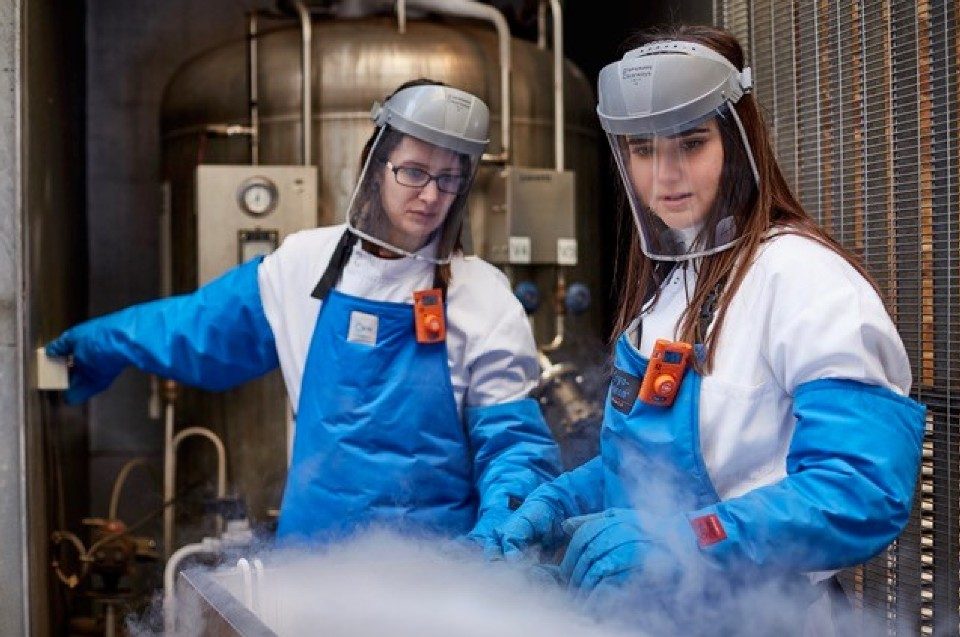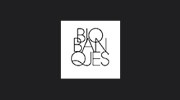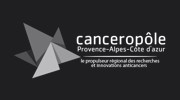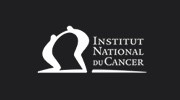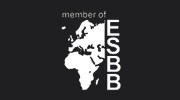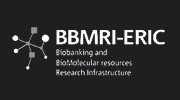NHM copyright
« Passionate about science and especially zoology, I discovered that biodiversity biobanking was allowing me to combine both. That is why I wanted to do my internships in natural history museums such as the Zoological Research Museum in Bonn (Germany) and the Natural History Museum in London (UK). These two experiences showed me a different approach of biobanking, less known, but so interesting and diversified.
Working with different species and kind of samples, having stories related to the specimens, knowing many experts with various backgrounds, participating in several projects, was an incredible experience.
Biodiversity biobanking still remains a domain less known than biomedical one, but needs more recognition as it is a super important field that allows to conduct a lot of studies in various domains: therapeutics, conservation, ecology, genetics, toxicology, epidemiology and many more.
I really hope that future biobanking students will be as interested as I am in this field, and will be able to enjoy this kind of experience and help us to change the opinion about biodiversity biobanks! »
Samantha had also the opportunity to write three interesting articles about the natural history museum activity.
To discover more follow the links:
•article 1: https://naturalhistorymuseum.blog/2022/02/28/how-to-organise-a-collection-of-uk-wildlife-body-parts/
•article 2: https://naturalhistorymuseum.blog/2022/07/04/why-does-data-management-have-a-crucial-role-in-a-biodiversity-collection/
• article 3:https://naturalhistorymuseum.blog/2022/07/26/biodiversity-biobanks-an-invaluable-resource-for-the-future/

